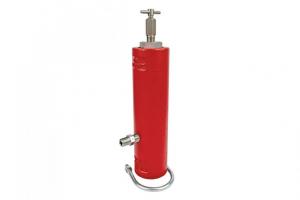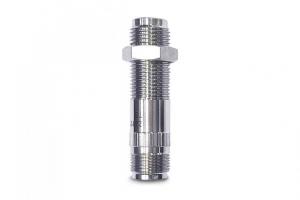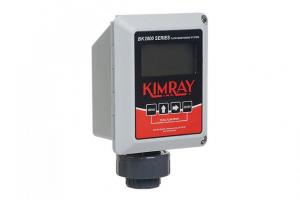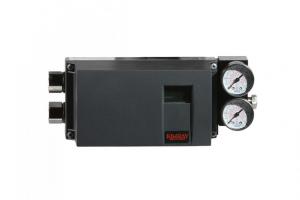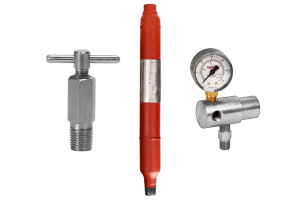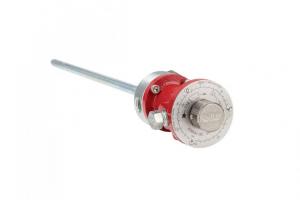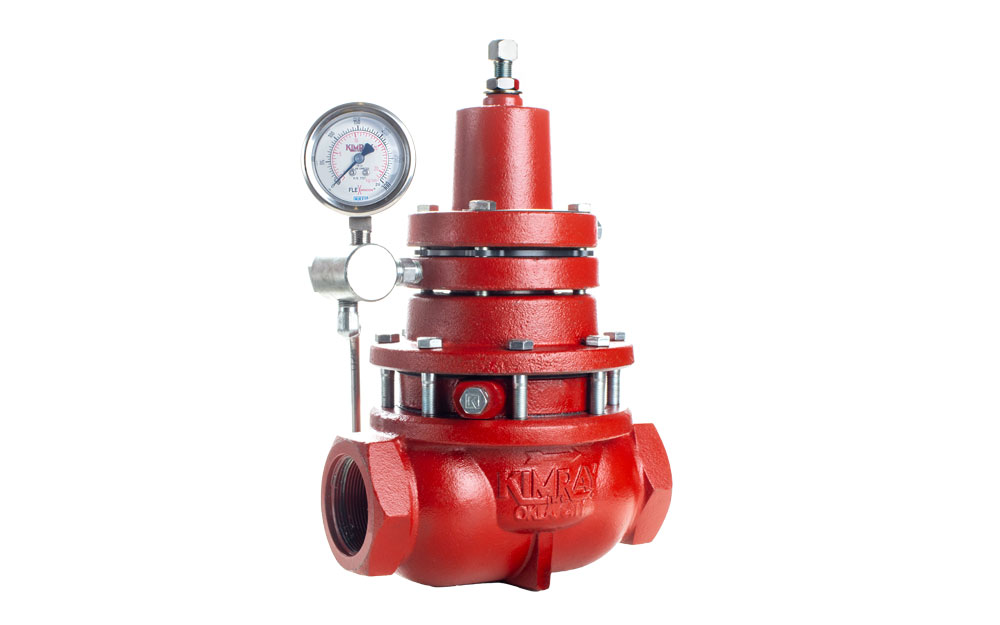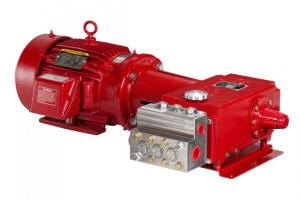Currently using a Gen II? Upgrade to the new Gen 3 - our all-new liquid level controller that's even easier for operators to install and adjust in the field.
In this video, Mike explains how Kimray’s line of float operated liquid level controllers work.
These are pneumatic or electric level controllers and level switches. They are commonly referred to as pilots because they are not valves themselves but they send a signal to a valve to open or close based off the liquid level that they’re sensing.
It’s similar to the idea of a light switch, where you have electricity running to the switch, but when the switch is off the electricity doesn’t go anywhere. Then, when you flip the switch on, it allows that electricity to go through the switch and up to the item that it’s controlling (e.g. a light bulb or fan).
How a Liquid Level Controller Works
The float or displacer sits inside of a pressurized vessel, and as the liquid level rises that displacer moves upward. That is what sends a signal to the valve to open so that the liquid will start dumping.
When it gets low enough, it sends a signal to the valve to close so that the water or oil can start filling up.
Two-Phase and Three-Phase Separators
The most common application you’ll find on a production site is a separator.
In a two-phase separator, you’ll use one level controller to control the level between the oil and the gas.
In a three-phase separator, you’ll use two level controllers—one to control the water level and another to control the oil level.
In either application, a liquid level switch could be used as a high level or low level shutdown or both. These are used in case of a system failure. The high level shutdown prevents the vessel from overfilling. A low level shutdown prevents the vessel from emptying.
A liquid level switch can also be used in the same way on a heater treater as a low level or high level shutdown. A heater treater is essentially a separator that uses a fire tube to accelerate the process of separation in a dehydration system.
Side Mount or Back Mount?
When choosing between a Gen II side mount and back mount options, the main consideration access. That is, where will your operator access the vessel? Is there other equipment in the way?
High Temp, Corrosion, Small Tank, or Other Needs?
There are also several displacer options for different conditions, including:
- Small differential liquid
- Specific gravities
- High temperature
- Corrosion
- Large span
- Small tank diameters
- Small access openings
For more information on how liquid level controllers and other products can be used across a variety of applications, check out our Product Applications.





